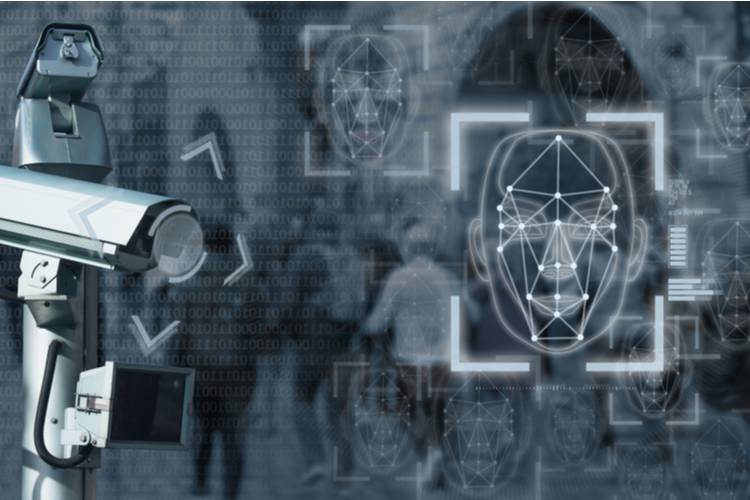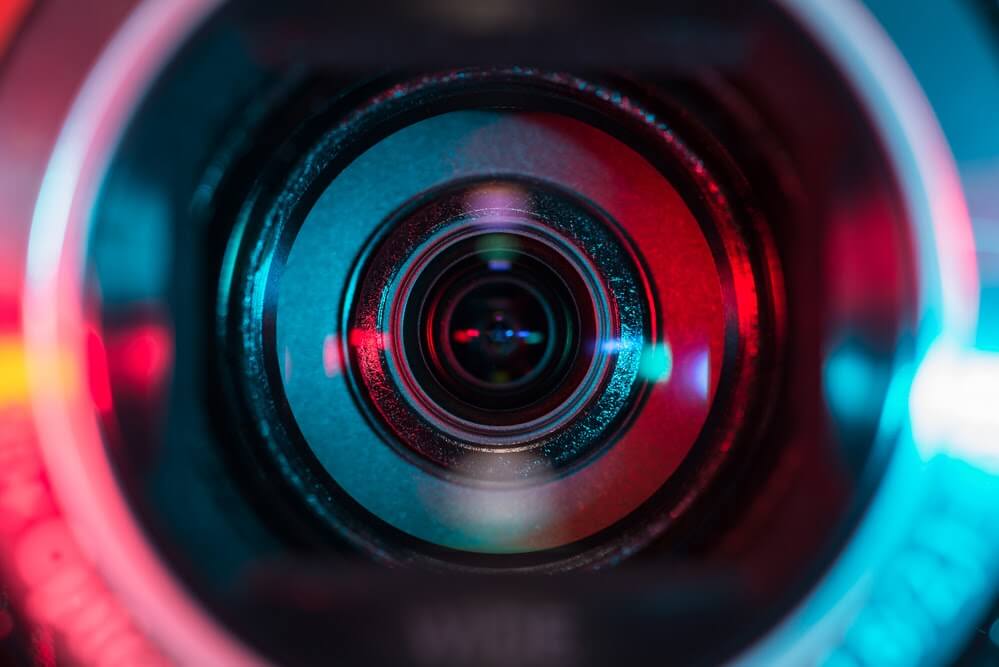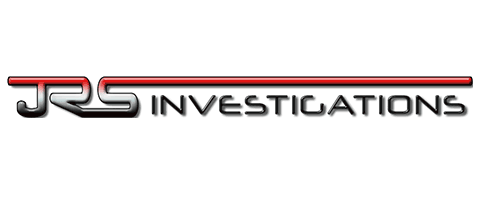(888) 737-7690
Surveillance Investigators
Private Investigators Surveillance Private Investigations Covert PI
Whether it’s insurance fraud, workers compensation claims, bodily injury, medical malpractice or employee theft, there is no better way to document the true facts than solid video and photographic evidence that will hold up in court.
At the DeWitt Detective Agency, our surveillance specialists are highly trained in the use of the latest high-tech and state-of-the-art covert surveillance systems. Our vast array of equipment allows us to find the evidence you need regardless of the situation. Whether your case takes us up-close indoors, or at a distance, our team has the tools needed to do the job right the first time.

Free Consultations
Key Aspects of Surveillance Investigations:
This involves discreetly following or monitoring a person or area using techniques like visual observation, cameras, drones, or tracking devices. Physical surveillance, also known as direct surveillance or on-ground surveillance, involves the direct observation of people, vehicles, or activities at a specific location to gather information. It's a method used by investigators and law enforcement to monitor suspected illegal activities, identify patterns, and track movements. This can involve following someone on foot, in a vehicle, or through public transportation, as well as stationary surveillance, like a stakeout.
Surveillance can be overt (obvious to the subject) or covert (discreet and unseen). Covert surveillance is the practice of discreetly monitoring individuals or activities without their knowledge, primarily for the purpose of gathering information. This type of surveillance can be used in various settings, including private investigations, corporate security, and by law enforcement agencies. The goal is to collect evidence or intelligence without alerting the subject, ensuring the surveillance activity remains unnoticed.
Surveillance is used to gather evidence, verify claims, track movements, identify accomplices, or uncover criminal activity.
Surveillance investigations must adhere to legal and ethical standards, respecting privacy rights and avoiding illegal activities.
Why Hire JRS Investigations ?
Our team of private investigators regularly take on the most challenging cases, even in situations where the subject knows they are under surveillance. We can discreetly follow vehicles, follow subjects into public establishments, and even get close enough to listen to any conversions.
We’ve hid in bushes, changed uniforms, gone undercover, delivered flowers, sifted through trash, and even established creative ruses in order to gather the evidence needed. Most importantly, we deliver results!

The Right Tool For The Job
We equip all of our investigators with industry leading investigative equipment to ensure we obtain highest quality evidence possible.
Types of Surveillance:
- Personal Surveillance: Monitoring an individual's activities and movements. Self-surveillance refers to the process of actively monitoring and observing one's own thoughts, behaviors, and appearance, often with the goal of self-improvement or understanding, or sometimes driven by external pressures and concerns. This can involve recording personal habits, analyzing social interactions, or being mindful of one's reactions in various situations.
- Location Surveillance: Observing a specific place or area.
Location surveillance means monitoring the physical location of a person or object, often using electronic devices like GPS trackers or cell phone data. It's a form of surveillance that reveals movement patterns and whereabouts.
- Asset Surveillance: Tracking vehicles, property, or other assets. Asset surveillance is the act of monitoring the location, status, and usage of assets, both physical and digital, to ensure their safety, integrity, and optimal performance. It involves using various technologies to track and record an asset's movement, condition, and usage, providing valuable insights for asset management, security, and decision-making.
- Cyber Surveillance: Monitoring online activities and digital communications. Cyber surveillance, also known as internet surveillance or cyberspace surveillance, refers to the monitoring and tracking of individuals, objects, or processes through data networks and the internet. It involves gathering and analyzing information for various purposes, such as risk prevention, behavioral analysis, and identifying responsible parties in case of problems. This type of surveillance leverages new technologies and data networks to facilitate the collection and analysis of information more efficiently, rapidly, and complexly than traditional surveillance methods.
Five Key Reasons to hire JRS Investigations for surveillance
1. Professional expertise and training:
JRS Investigations(PIs) have extensive training and experience in conducting surveillance. They are skilled at observing and documenting a subject’s movements and activities without being detected, a skill that the average person lacks.
2. Discreet and unbiased evidence collection:
Hiring a professional ensures the surveillance is conducted with the highest levels of discretion and confidentiality
3. Legally admissible evidence
Evidence gathered by a licensed private investigator is more likely to be admissible in court than evidence collected by an amateur. PIs are knowledgeable about federal, state, and local laws concerning surveillance and recording.
4. Efficient use of time and resources
Attempting to conduct your own surveillance can be a massive drain on your time and effort, with no guarantee of success. Private investigators have the time, patience, and resources to monitor a subject for days or weeks if necessary.
5. Access to specialized tools and databases
Professional private investigators have access to advanced technology and secure databases that are not available to the general public
